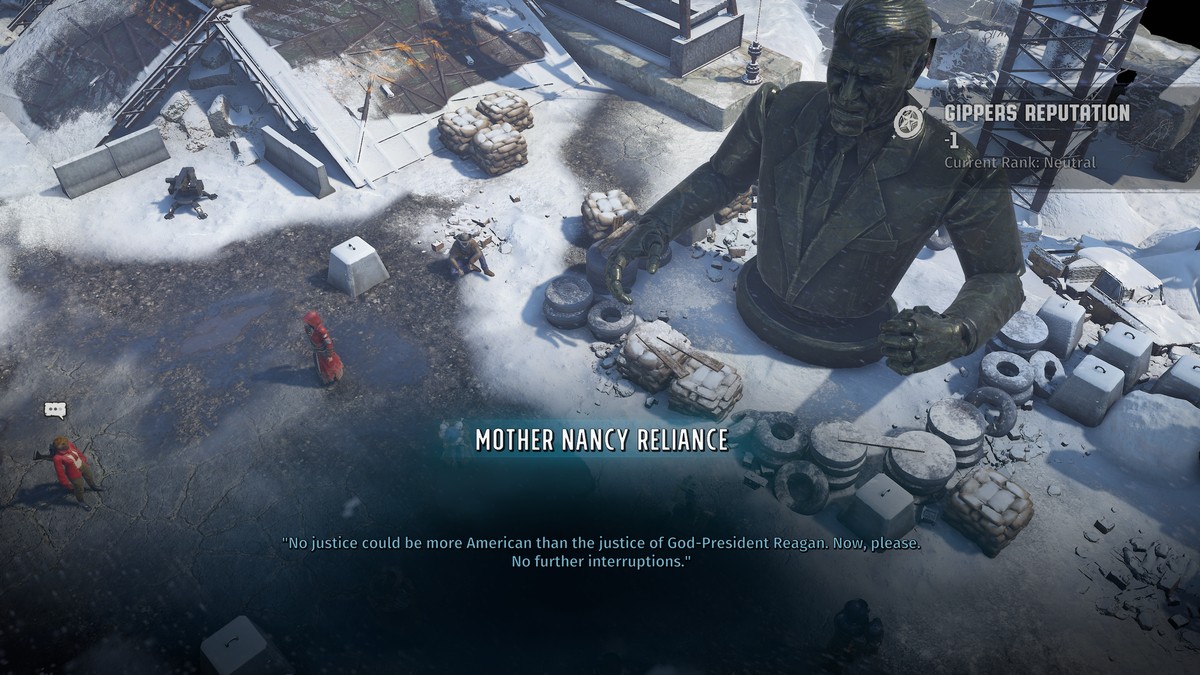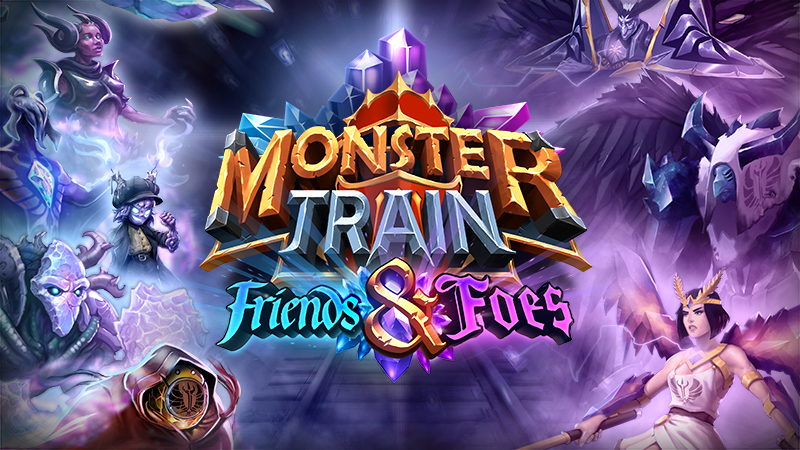]Of course not. Because as you said, despite being in the same genre, they play differently, look differently, weapons feel differently, the music and art is different.
The problem here is: You are strictly thinking in computer game terms, but Forgotten Realms and Pathfinder are Pen and Paper RPG scenarios, using the D&D rule set. This is something entirely different and goes a lot further than just a coincidental genre relationship.
I've said it on the other page and I'll gladly repeat it again. Rule Sets in P&P games are the most important component for those games.
It becomes more and more clear to me that this is something that needs to be experienced so it can be understood.
I'm explicitly comparing Pathfinder and D&D - Forgotten Realms here by the way. I'm for sure not comparing Baldur's Gate and Divinity 2. Those are both cRPGs and relate to each other like Halo and Call of Duty. I'd never call Divintiy 2 a D&D game. I understand that products have similarities to each other in a genre.
But Kingmaker is entirely based on the D&D rule set. It takes place in a different setting but everything else is the same. Which may not sound relevant in video game terms, because you maybe think "rule sets" are the quivalent of engines (or something like that). But it is far more.
To give you a video game exmaple: If you'd see a game that is called "Beelzebub" and it would look like this:
You'd immediately call it Diablo. But then you'd learn that it was just made with Diablo assets, with the same engine, the same animations, same game logic etc.
Everything legally obtained through a Diablo version 3.5 open source license. The story is of course different and the end-boss "Beelzebub" isn't a demon but an Alien from the galaxy XYZ 5 and those are not skeletons, but androids that looks like skeletons.
Beelzebub the game would be an action RPG, just like Diablo. But it would also be much more and calling it Diablo like would be an underestimation. The similarities are too overwhelming.
And while I'm heavily exaggerating here. The rule set is as important in a P&P game, as assets, music, animations, engine, look, art style (etc.) in a video game.
That's the case because there are only two main components in a P&P game. The rules that allow players to interact with the game world through a dungeon master. And the setting itself.
Those rules are very complex in a P&P game. Core rule books have often hundred of pages for good reasons. And there are often dozens of additional complementary rule books. They are quintessential to what the game is!
But I'm having trouble describing the significance of the rule set to people who have not played P&P.
There are many P&P games that use a D&D rule set iteration:
Star Wars, Forgotten Realms (many people mistake FR with D&D, but it's just one of many scenarios), Planescape, Dark Sun, Dragon Lance, Ravenloft and PathFinder is one of them. And while they all have different stories, they all are D&D games, because they use the same deciding rule set.







 .
.



















